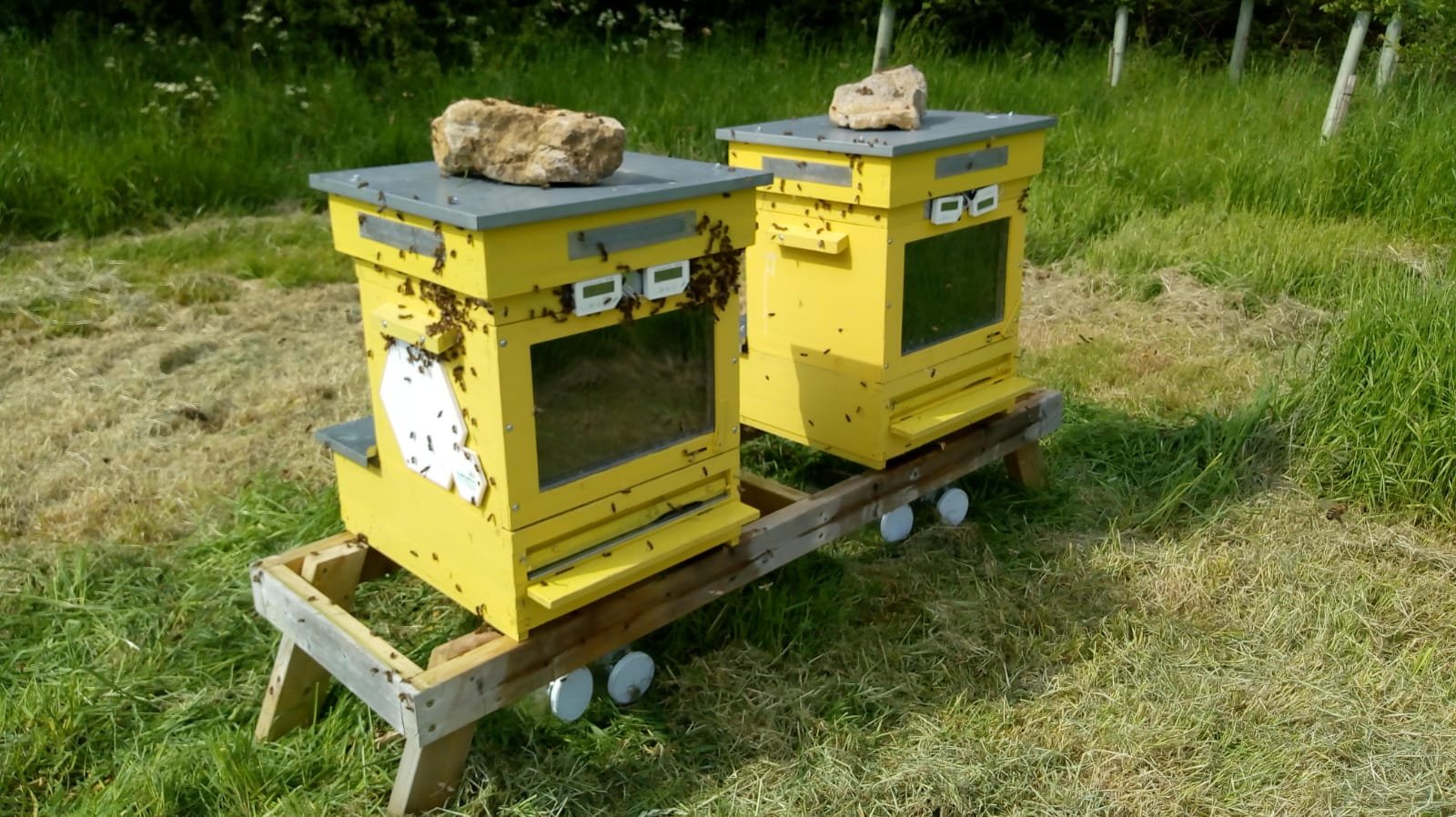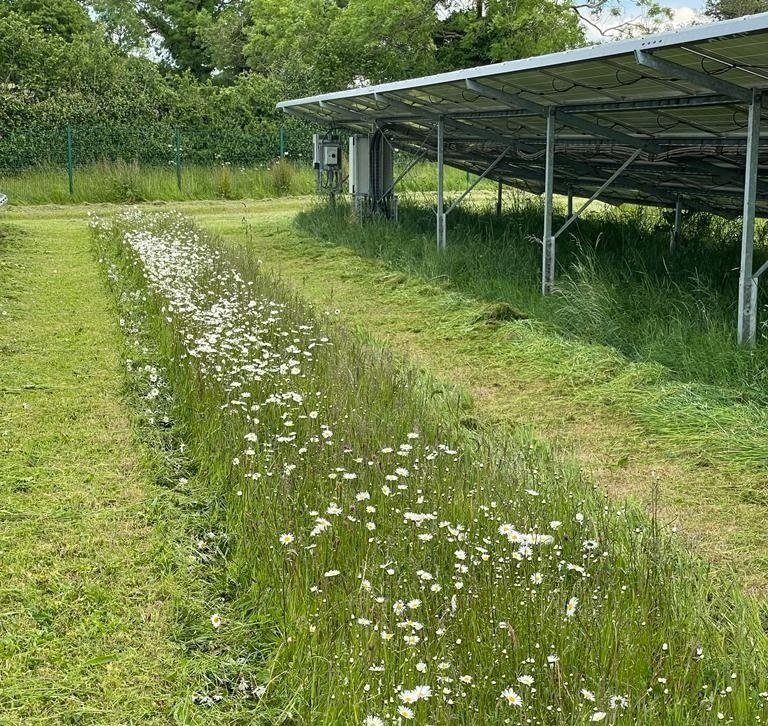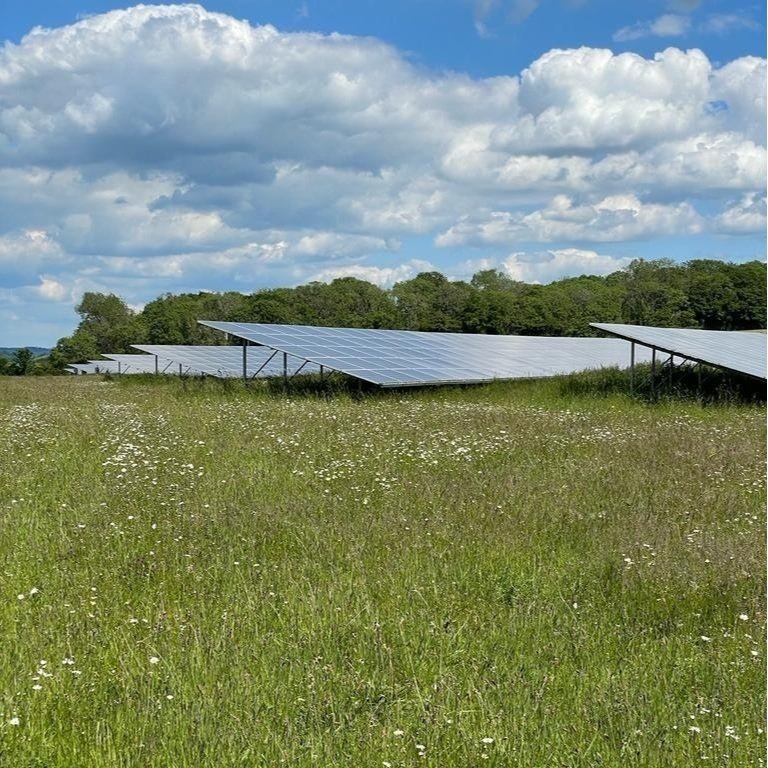
The Project
Chelwood Community Energy successfully raised nearly 2.5 million pounds in just over 3 months in the summer of 2015. The money raised was successfully used to install the Chelwood Solar Farm, a 5MW ground-mounted solar array. The array is built on 22 acres of farmland near Chelwood, a village of around 150 residents, located in the Chew Valley, approximately eight miles south of Bristol and 10 miles west of Bath.
To realise the aim of a business that would benefit the environment, the community, the shareholders and the landowner, the Company needed to raise £5.5M to pay for the construction of the site and connection to the national grid. This was achieved with a bank loan of £3.1M and a further £2.4M from a share issue. The Company is managed by a Board of Directors and currently has around three hundred and sixty shareholders. The Directors are assisted in running the Company by Bright Renewables, our asset management company.
The scheme has the overwhelming support of the community and is sensitively sited on low grade agricultural land with no adverse amenity or visual impact. It is expected to generate 4,844MWh of renewable electricity each year – enough to power approximately 1,160 average UK homes. As well as providing clean electricity and producing almost zero carbon emissions in operation, solar PV installations provide excellent opportunities for enhancing biodiversity. The site prior to the installation of the solar array was considered to be of low ecological value. However, our biodiversity management plan offers opportunities to deliver ecological and wider biodiversity benefits. Our goal is to protect animal habitats on, and immediately adjacent to, the site for the benefit of protected species, such as great crested newts and bats.
The project became operational in December 2015, and began exporting electricity to the grid. By July 2022 the site had generated about 34,427,767 kWh of clean, green energy.
One of the key aspects of the development is that it is reversible and can be removed from the site after 25 years, when the current planning permission ends. However with suitable agreements the life of the solar farm could be extended. Should the Solar installation need to be decommissioned then the site can be returned to its previous state. Its agricultural value and potential will not have been diminished; its biodiversity and habitat richness will have been enhanced.






